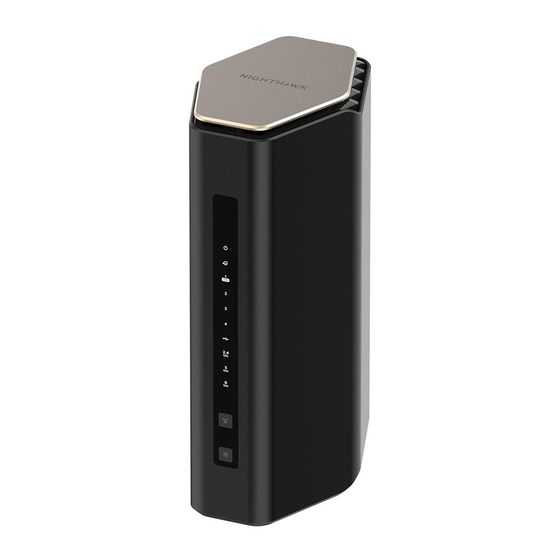
NETGEAR Nighthawk RS600 Manuals
Manuals and User Guides for NETGEAR Nighthawk RS600. We have 2 NETGEAR Nighthawk RS600 manuals available for free PDF download: Manual, User Manual
NETGEAR Nighthawk RS600 Manual (190 pages)
WiFi 7 Tri-Band Router
Brand: NETGEAR
|
Category: Network Router
|
Size: 7 MB
Table of Contents
-
-
-
MTU Concepts49
-
-
-
-
-
-
-
-
-
Quick Tips180
-
Power LED Is off182
-
Wifi LED Is off183
-
Advertisement
NETGEAR Nighthawk RS600 User Manual (187 pages)
WiFi 7 Tri-Band Router
Brand: NETGEAR
|
Category: Network Router
|
Size: 7 MB
Table of Contents
-
Rear Panel16
-
Router Label17
-
MTU Concepts50
-
Quick Tips177
-
Power LED Is off179
-
Wifi LED Is off180

